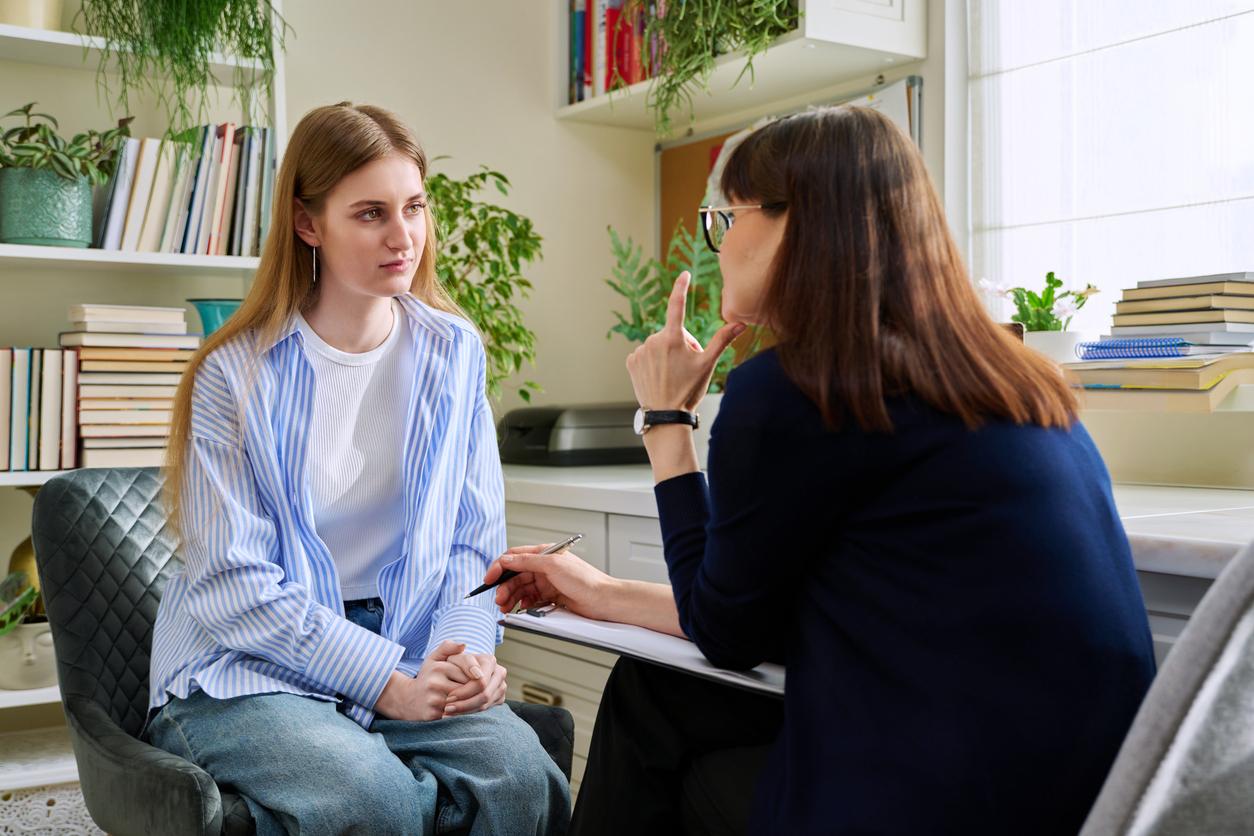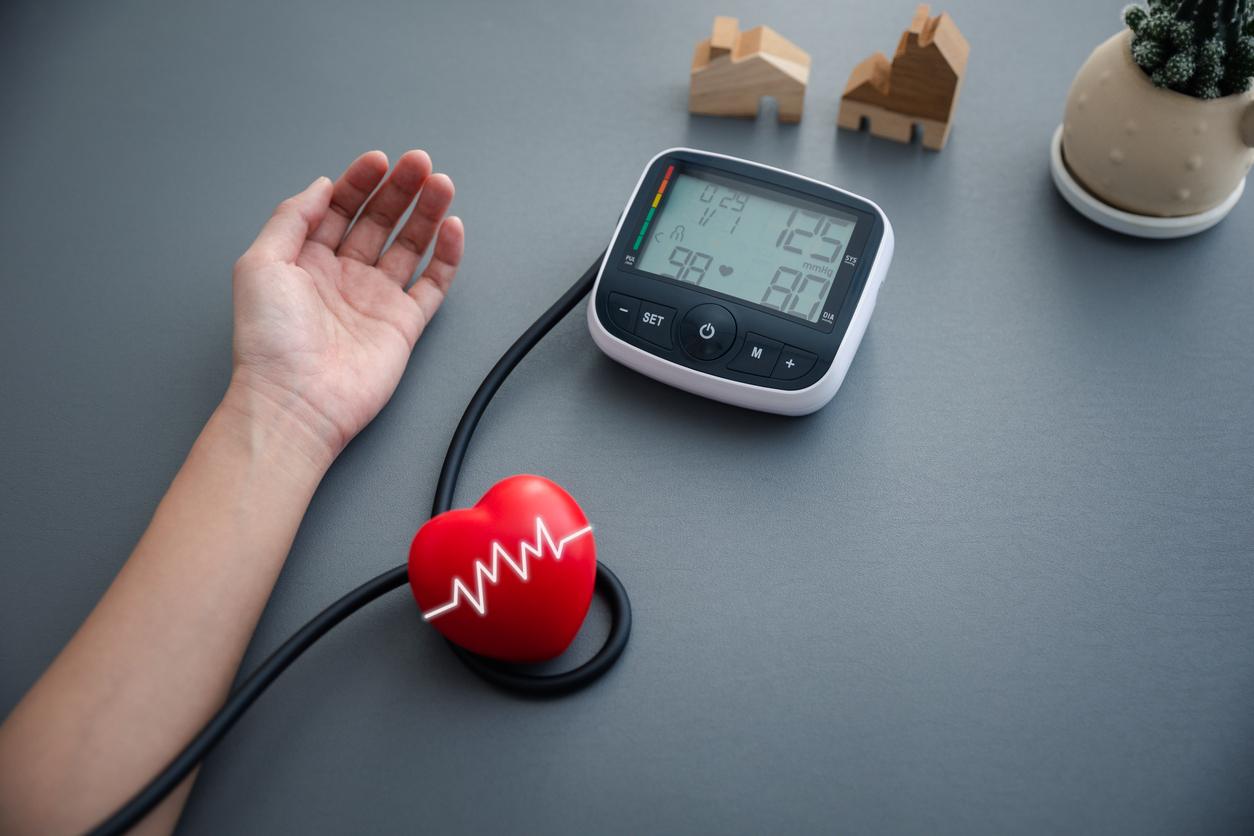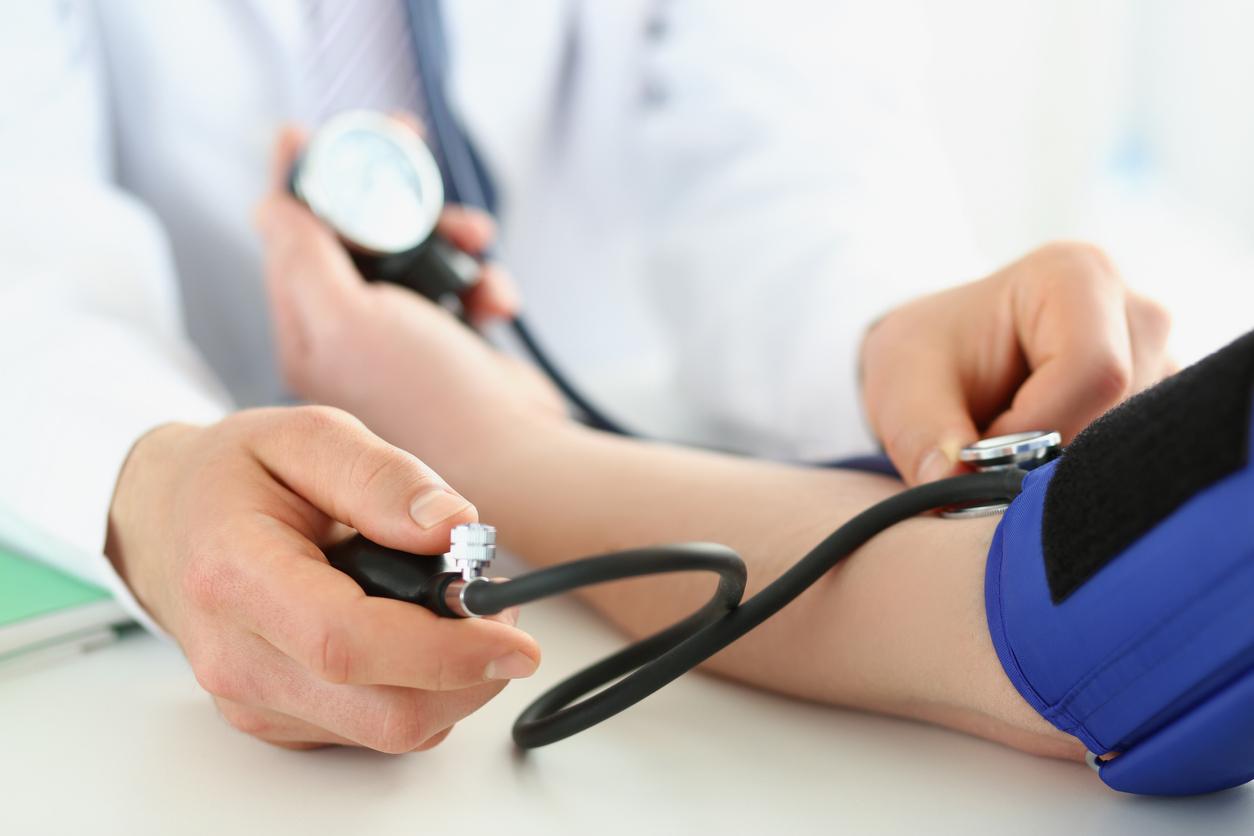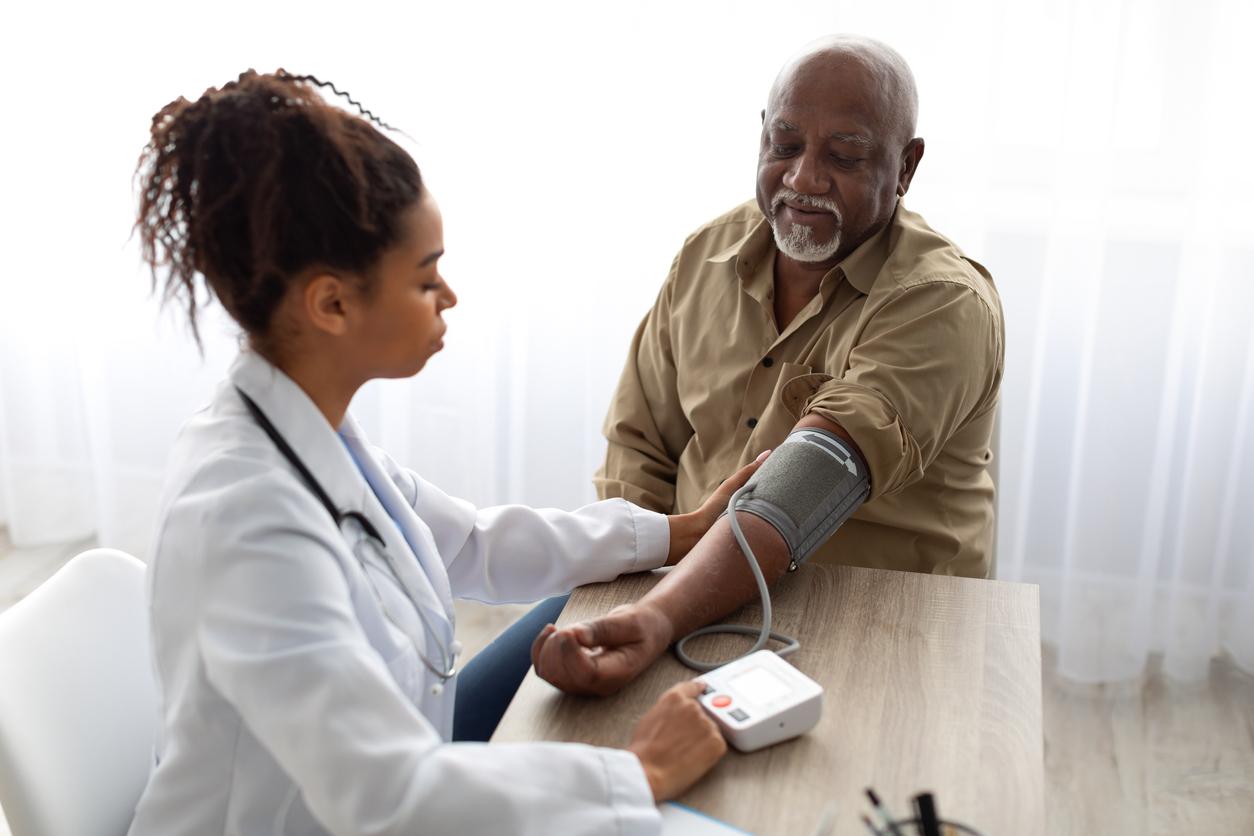A new program of accompaniment by paramedics makes it possible to improve the effectiveness of the treatment of arterial hypertension in the majority of patients in the city.

Researchers at Brigham and Women’s Hospital, Boston, have developed a new home care companion program to improve hypertension control quickly and at a significantly lower cost than traditional programs.
The new approach, tested on 130 participants, helped 81% of them get their blood pressure under control in just seven weeks on average. The results of the study are published this week in Clinical Cardiology.
50% of patients checked
High blood pressure is a disease that affects nearly half of adults and can have serious consequences resulting from increased blood pressure in the arteries: increased risk of heart attacks, strokes and other cardiovascular events. Despite treatments based on drug combinations and a better lifestyle, only 50% of patients meet treatment objectives.
Combination of strategy
The researchers combined several strategies to create their program. Participants each received a Bluetooth-enabled blood pressure monitor capable of automatically transmitting blood pressure measurements taken at home by patients directly into their electronic medical record.
Patients had easy and frequent access to non-physician counselors trained in the use of a clinical algorithm developed by hypertension specialists. The program allowed rapid assessment and adjustment of medication dosage for patients.
Proven effectiveness
The pilot project was a prospective cohort follow-up. The team recruited 130 patients whose blood pressure was uncontrolled (greater than 140/90 mmHg). Patients were recruited from two clinics to test efficacy in two settings: a primary care clinic (Brigham’s) and a cardiovascular clinic (Brigham’s Watkins).
Enrolled patients received a Bluetooth-enabled blood pressure monitor and learned how to use it. The patients were asked to measure their blood pressure at home twice a day. Medication adjustments were made every two weeks until home blood pressure was controlled to <135/85 mmHg.
A striking result
“The traditional model of treating high blood pressure through traditional doctor visits is neither effective nor sustainable,” said Naomi Fisher, director of hypertension at Brigham Hospital. “This is a striking result, especially given the very short time in which control was achieved in 81% of patients: an average of seven weeks”. “A few heavier health programs have matched or exceeded this rate of control, but most city clinical programs do not achieve this rate of success.”
The next step will be to develop the program in order to test its generalization and its durability in real populations. With this approach, the team anticipates significant cost-effectiveness and savings, in addition to better prevention of cardiovascular events and deaths in both men and women.

.















